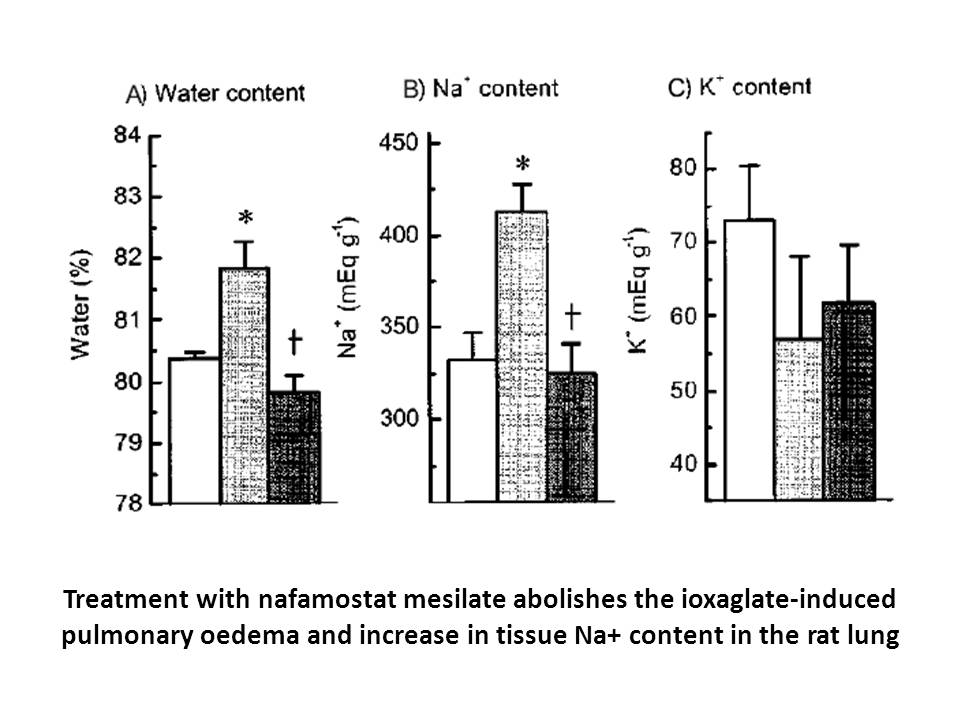Archives
br Introduction Melatonin N acetyl
Introduction
Melatonin (N-acetyl-5-methoxytryptamine) is a neurohormone which is mainly secreted from the pineal gland. Melatonin is a highly conserved molecule present not only in vertebrates but also in nonvertebrates such as bacteria, protists, fungi, macroalgae, and plants (Cecon et al., 2017). Historically, melatonin was first purified in 1958 from the bovine pineal gland, and its structure was elucidated in 1959 by Lerner et al. (1960). Since then its physiological functions were determined and new roles of melatonin are still emerging. Cloning of the first melatonin receptor was achieved in 1994 from Xenopus laevis by CGRP 8-37 (rat) cloning (Ebisawa et al., 1994), followed by the cloning of the first human melatonin receptor type 1, MT1 (Reppert et al., 1994) and the second human melatonin receptor type 2, MT2 (Reppert et al., 1995). The establishment of knockout mice of MT1 (Liu et al., 1997) and MT2 (Jin et al., 2003) contributed significantly to reveal the physiological function of MT1 and MT2. Melatonin is mainly known to regulate circadian rhythms, but participates also in other important physiological functions, such as regulation of the visual functions, glucose metabolism, and immune functions. Reduced night-time melatonin levels and melatonin receptor expression have been observed in several diseases including neurodegenerative diseases (e.g., Alzheimer's disease, Parkinson disease, etc.) and cancer leading to the hypothesis that restoration of the melatonin system might be beneficial in these diseases (Dubocovich et al., 2010; Jockers et al., 2016; Liu et al., 2016). Synthetic melatonin ligands are currently indicated for circadian dysfunction, insomnia, and depression (Liu et al., 2016). Melatonin evokes these physiological functions mainly through MT1 and MT2, but melatonin receptor-independent effects have also been reported (Jockers et al., 2016; O'neal-Moffitt et al., 2015; Zhang and Zhang, 2014).
The melatonin receptor subfamily consists of MT1 and MT2, whose natural ligand is melatonin, and GPR50, which does not bind to melatonin (Clemen et al., 2017; Reppert et al., 1996). The endogenous ligand of GPR50 is unknown, and GPR50 is therefore classified as orphan receptor. Recently three other orphan GPCRs, GPR61, GPR62, and GPR135, displaying ambiguous relationships to other GPCRs were proposed to belong to the melatonin receptor subfamily (Civelli et al., 2013; Gloriam et al., 2007). These receptors are discussed in Section 3.2.2.
Here, we will first briefly review the current knowledge on melatonin receptor signaling and their ligands, and then focus on the oligomerization of melatonin receptors either between different members of the melatonin receptor subfamily or with the other GPCRs. For further readings on physiological aspects of melatonin receptors and mouse models (Jockers et al., 2016; Tosini et al., 2014), on the therapeutic potential of me latonin receptors (Liu et al., 2016), and on the biased behavior of melatonin receptors (Cecon et al., 2017), the reader is invited to refer to the corresponding recent expert reviews.
latonin receptors (Liu et al., 2016), and on the biased behavior of melatonin receptors (Cecon et al., 2017), the reader is invited to refer to the corresponding recent expert reviews.
Melatonin Receptors and Their Ligands
Melatonin Receptor Homo- and Heteromerization and Impact on Receptor Function, in vitro and In Vivo
Conclusions
Acknowledgments
Introduction
First discovered in 1979 by Dr. Norman Bowery (Bowery et al., 1979, Bowery et al., 1981, Bowery et al., 1980, Bowery and Hudson, 1979, Hill and Bowery, 1981), metabotropic gamma-aminobutyric acid (GABA) type B (GABAB) receptor is found on both ends of synapses throughout the central nervous system, playing a vital role in inhibitory neurotransmission (Bowery et al., 1980, Bowery et al., 1987, Chu et al., 1990). It is one of two types of cell surface receptors that are activated by the neurotransmitter GABA. While GABA type A (GABAA) receptor is a ligand-gated ion channel that mediates large and quick neuronal inhibition (Macdonald and Olsen, 1994), GABAB receptor is a G protein-coupled receptor (GPCR) that acts slowly and maintains the inhibitory tone (Bettler et al., 2004, Bowery et al., 2002). The delayed action of GABAB receptor results from relying on a second messenger, G protein, to mediate its response (Bettler et al., 2004, Bowery et al., 2002). The GABAB receptor signaling pathways involve one of three effector proteins: voltage-gated Ca2+ channels, G protein-activated inwardly-rectifying K+ channels (GIRK), and adenylyl cyclase (Bettler et al., 2004, Bowery et al., 2002). The downstream effects of GABAB receptor include blocked neurotransmitter release and hyperpolarization of neurons (Bettler et al., 2004, Bowery et al., 2002).